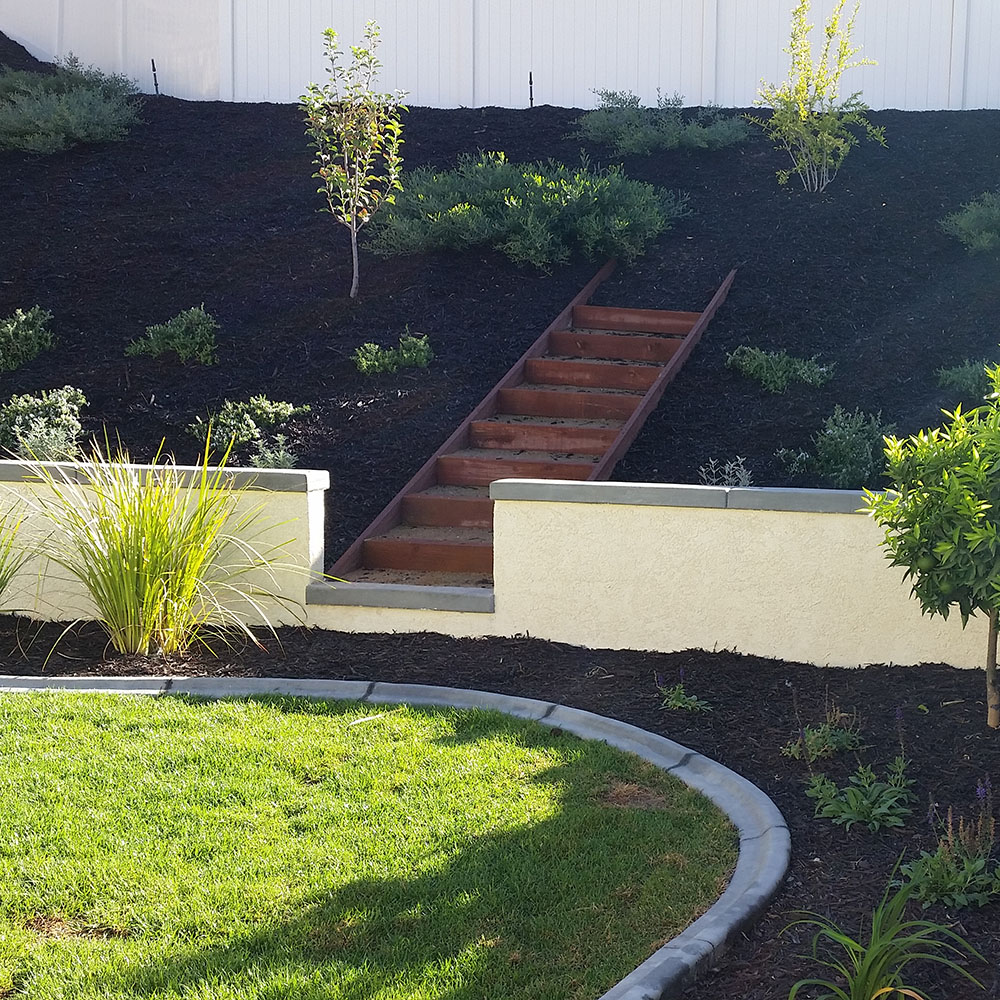
You’ve created a lovely landscape in your yard, and you look forward to years of enjoyment. And of course, you will be spending some time outdoors maintaining that landscape as well. If your lawn includes any slopes or hills, you might find yourself wearing a path up and down that area, as you lug equipment or children run and play. Building steps on a slope isn’t an easy job, but it can be an important one!
Slopes can prevent a bit of a challenge. Not only can they be inconvenient when working; you risk falling and hurting yourself as you try to scramble up or down hills carrying gardening tools. Steps are the obvious answer to this dilemma, but which type? And how do you build them?
Build from the bottom up. Steps must be constructed upon stable, compacted base material. You will remove vegetation, excavate down to the subsoil, and then cut the shape of the steps directly into the earth. But of course, your exact installation methods will depend upon the materials you select.
Wood. Wood materials, such as landscaping timbers, natural logs, or steps built from lumber, generally require less time to build. They can also be easier and less expensive. However, the lifespan of your steps will also be much shorter.
Masonry. Options like pavers, bricks, and blocks make long-lasting, beautiful designs. You can select from a wide range of materials that fit your design theme. However, the downside is that these materials can be more expensive, and usually require more time to install. Precise, professional installation is usually necessary to ensure a stable structure that will last for years.
Natural stone. Natural stone steps can be a lovely addition to your yard, and aren’t difficult to install. Simply shop for wide, flat stones, and (working from the bottom of the hill) excavate flat areas into the slope where you will place your stones. This option is best for decorative stairways. Due to the fact that natural stones are rarely perfectly flat, it could be a bit dangerous to use them on a very steep or high slope, or in areas where you anticipate hauling equipment.
How much math do you want to perform? In order to install some step designs, you will need to calculate the vertical slope of the hill, and then formulate a plan involving step height and width. This is less of an issue when you select natural landscaping methods, such as logs or natural stones, but more precise calculations are required when you opt for pavers or blocks.
We can help with that last part. Give us a call, and we can quote you a price on materials and labor for your hillside project.



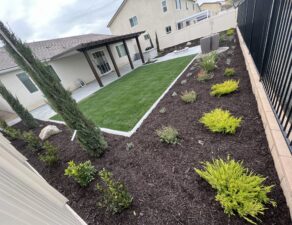

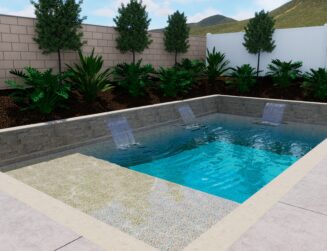
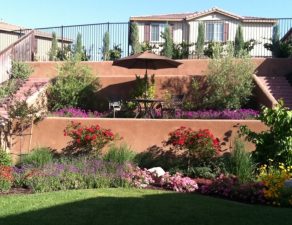
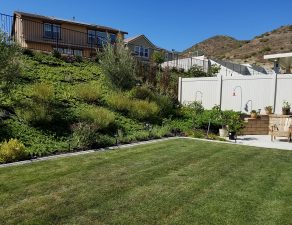
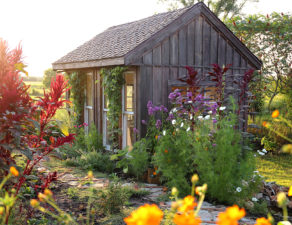
Write a comment: